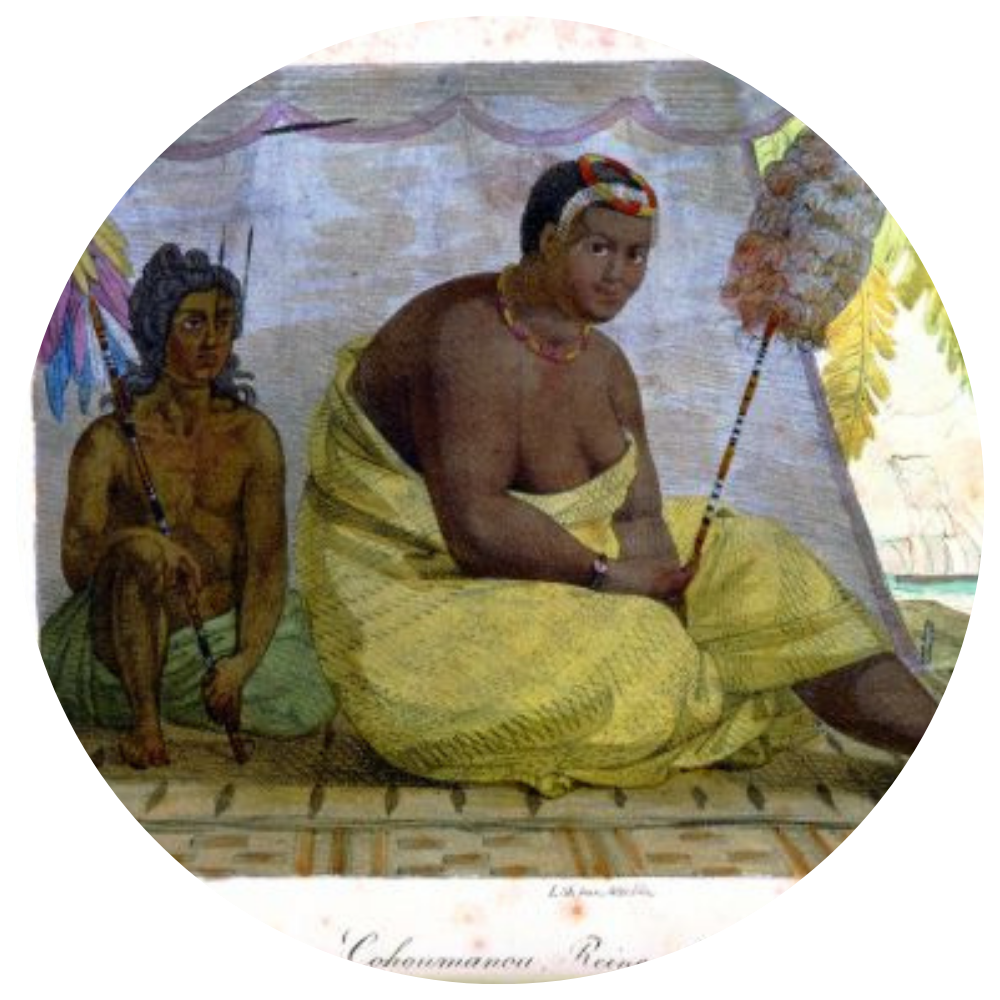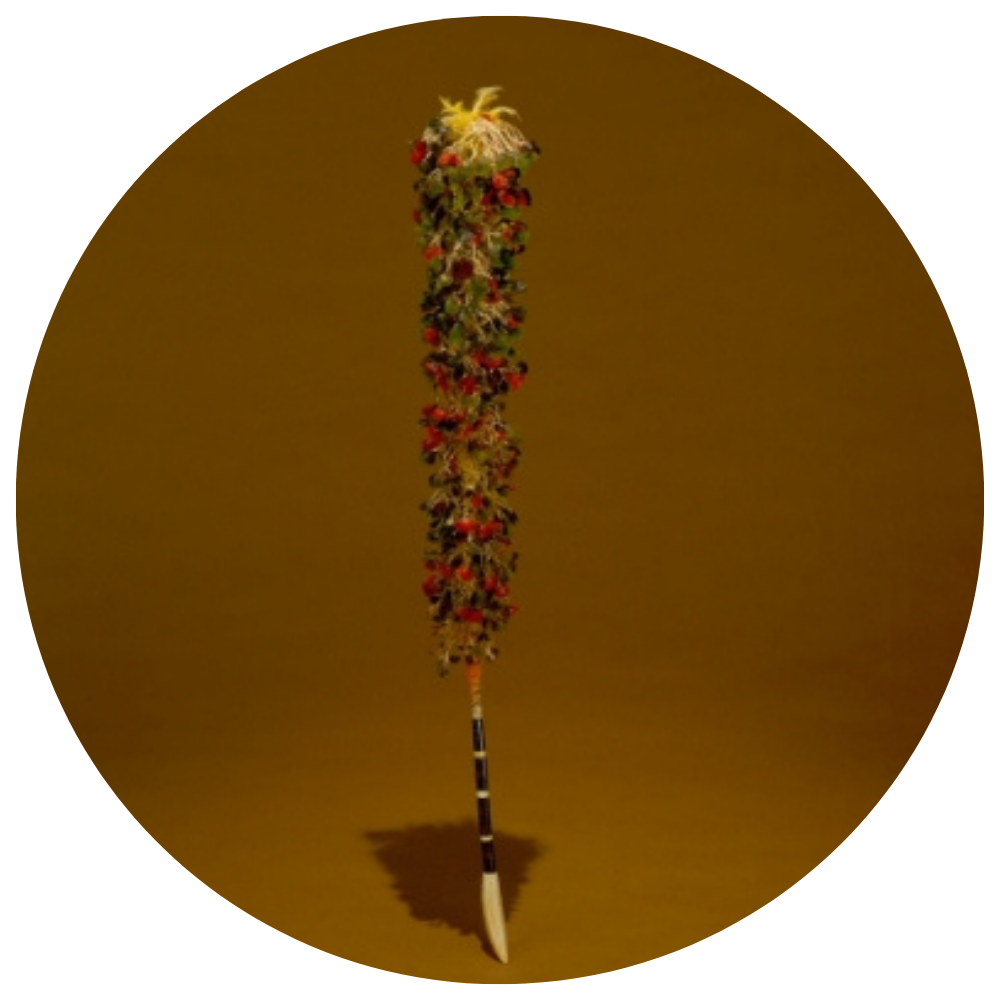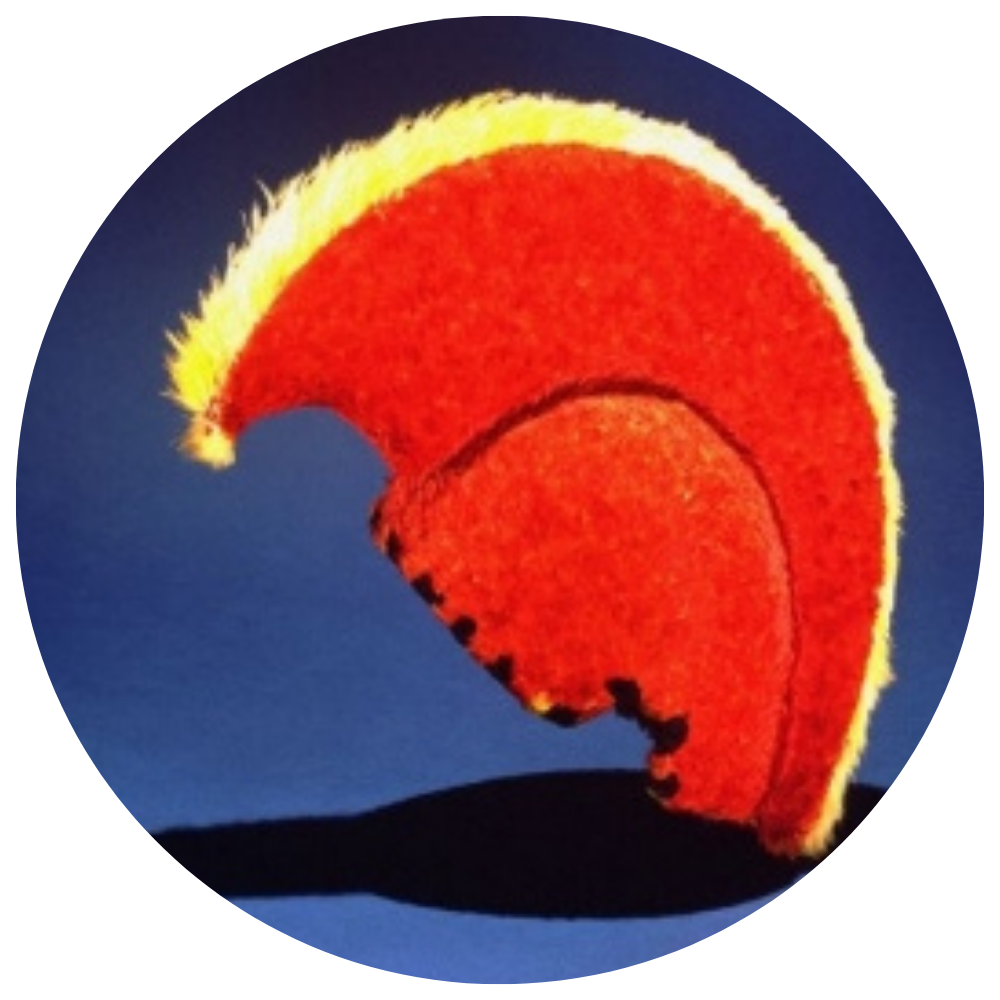Lei niho palaoa

Hawaiian society under the ‘Aikapu system was stratified according to rank. An individual’s rank was not determined by wealth or gender, but by genealogy. Those of the highest rank could trace their genealogy all the way back to the beginning of time, to the very first organism to inhabit the earth, even to the primordial darkness preceding all life. These genealogies were recorded in chants called ko‘ihonua that glorified Ali‘i bloodlines, ancestors, and their decedents.
Ali‘i, like other strata of Hawaiian society, were not all of similar rank. The highest Ali‘i were the Mō‘ī, or supreme rulers. They were often nī‘aupi‘o chiefs, having being conceived through the union of high ranking siblings. These nī‘aupi‘o chiefs were considered to be Akua (Gods) on earth, and as such, they had to keep strict kapu, or taboos, least the welfare of their people and lands be compromised. Also, because ruling was a kuleana (responsibility, right), many chiefs would go to great lengths to ensure their kapu were kept. For example, for those whose kapu forbade their shadow falling on another human, they would often leave their kauhale (housing complex) only after the sun had gone down so that their shadow could not be cast. Ruling in Hawai‘i was not just about luxury, as the Mō‘ī had an inter-dependent relationship with the maka‘āinana. The commoners provided the resources that the Mō‘ī would use to mālama their people and the Gods.
There might be one Ali‘i Nui ruling over an entire island, or several each with their own moku (large land division within an island). Lesser Ali‘i, known as kaukau ali‘i might rule over an ahupua‘a, smaller land division, or an ‘ili, an even smaller land division within an ahupua‘a. Unlike the Ali‘i Nui, the Kaukau Ali‘i often did not have strict kapu. In fact, many Kaukau Ali‘i were not of much higher rank than the konohiki, or resource managers, who dealt directly with the maka‘āinana (common people).
One important symbol of rank for the highest Ali‘i was the lei niho palaoa, a whale tooth pendant. The carved hook pendant is strung on thousands of finely braided strands of human hair. These significant lei were worn by Ali‘i of both genders. These whale teeth were collected from carcass that would wash ashore at specific places in the islands. Theses wahi pana (sacred places) were considered important areas to control in order to have access to the mana that these items brought. Control over these spots, like Kualoa on O‘ahu, might mean control over the entire island.
* Pukui, Mary Kawena. `Olelo no`eau: Hawaiian Proverbs & Poetical Sayings. Bernice P. Bishop Museum special publication 71. no.1750, p188. Honolulu. Bishop Museum Press, 1983.
Location: Bishop Museum
Audio
Mele ko`ihonua no Kamehamameha
From: Nā Leo Hawai‘i Kahiko.





